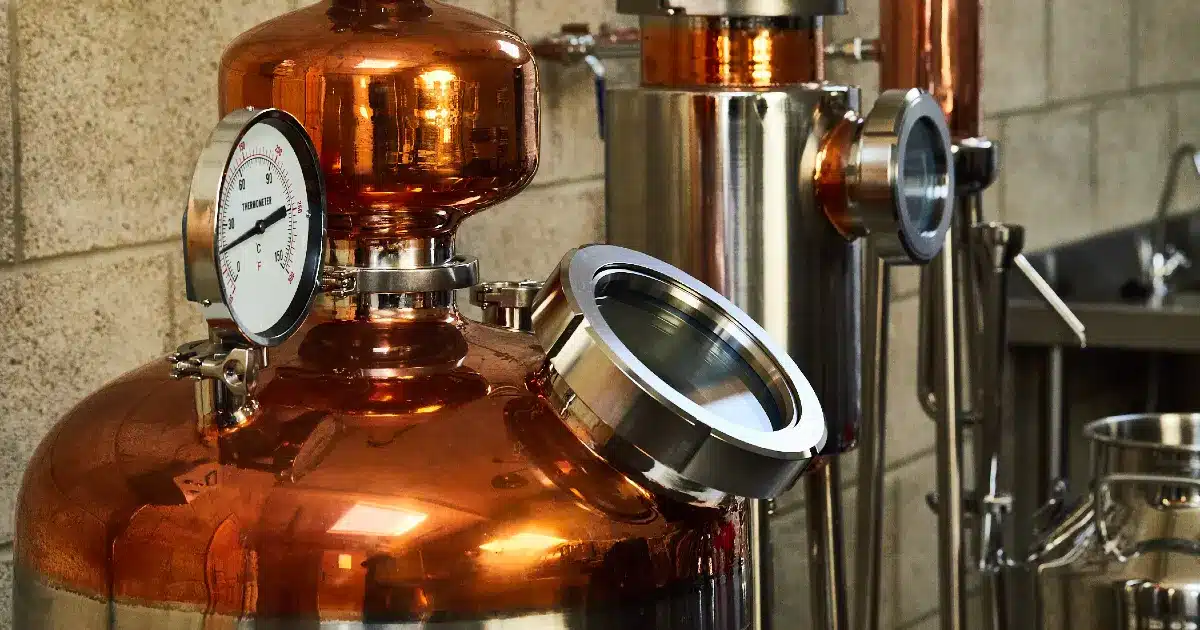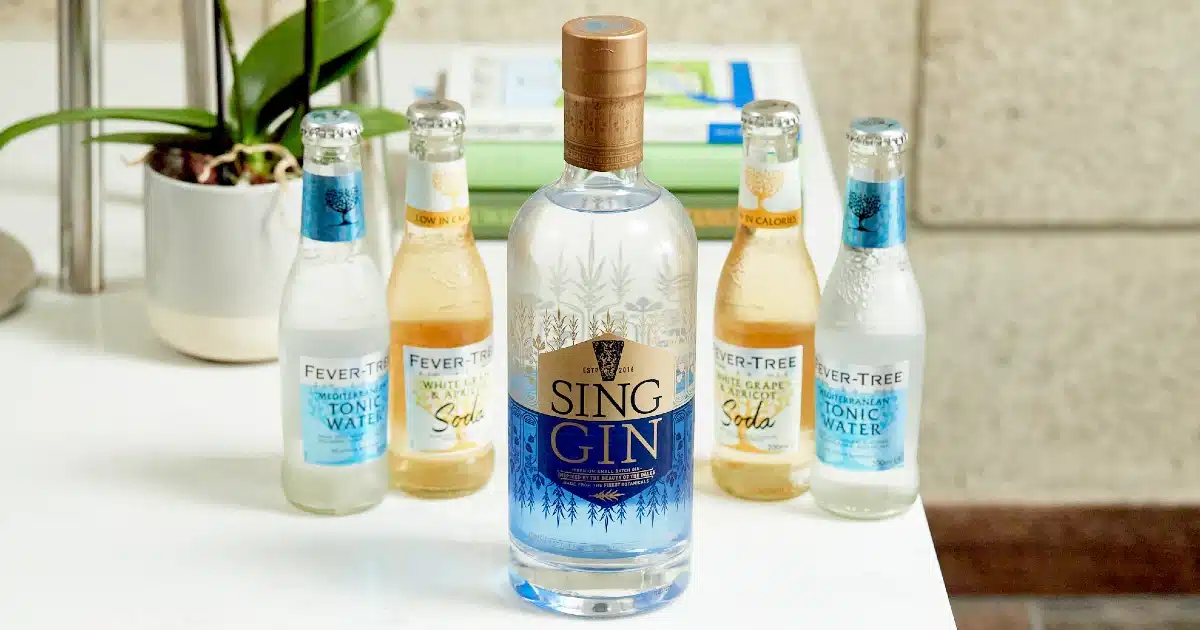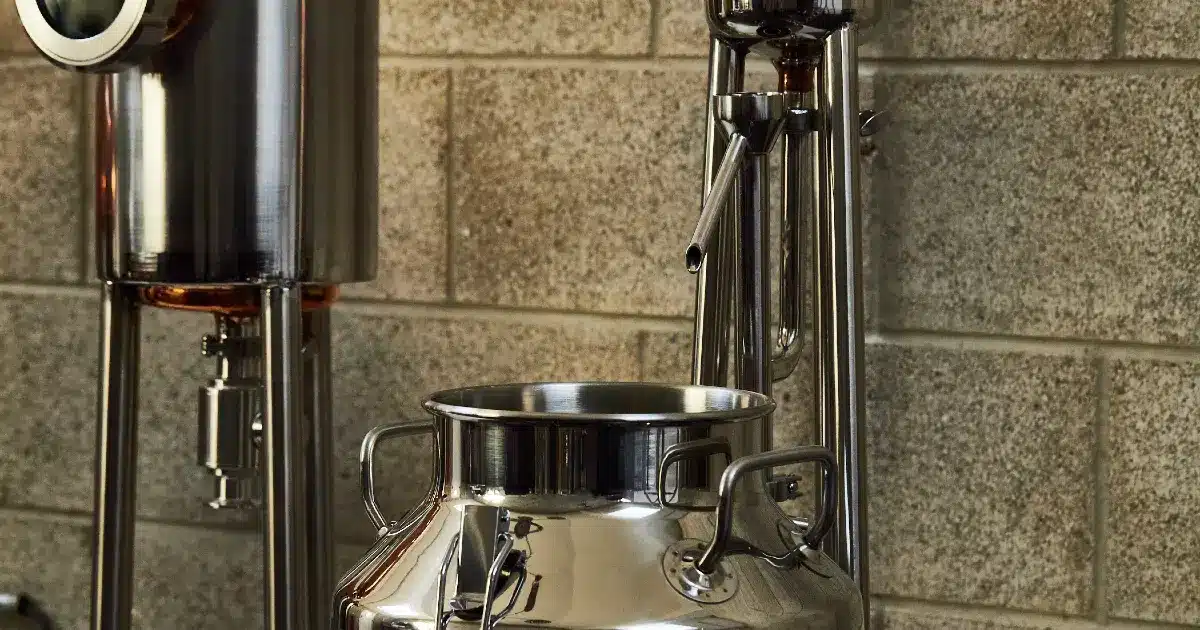VIEW OUR RANGE OF GIN HAMPERS TODAY

To understand how gin is made and what ingredients are used to make gin, we must first look at gin’s main components.
It can be tricky to give a definitive answer to how gin is made, just because of the sheer diversity of the gin industry. No two gins are completely alike and they’re made from many different ingredients.
One thing is universal: all gins start life as a neutral spirit. You can make this neutral spirit from grain, wheat, barley or even rice, grapes, corn or beetroot. Whichever you choose to distill gin from, you get a base spirit with different characteristics that impact the end product. So your choice of key gin ingredient matters.
Of course, flavoured gins, gin liqueurs and sloe gins are all made differently! We’ll go into more detail about that later.
Who doesn’t love a gin hamper? The perfect gifts for drinkers of gin, our hampers rise to any occasion – from birthdays to anniversaries, congratulations to new homes, Christmas or just to say thank you. Discover our range of luxury gin hampers here.
There’s evidence gin – or a variation of what we drink today at least – was around as early as 70AD. Greek physician Pedanius Dioscorides used a mixture of juniper and wine as a remedy for the sniffles! We’ve also heard tales of Italian monks who drank a juniper based liquid similar to gin. Whether that was for utility or leisure, we’ll probably never know.
The gin we drink today with tonic first appeared in the form of a Dutch spirit called jenever. Named after the French word for juniper, this rather crude distillate was used as a medicinal drink. It was later adopted by the English, who sipped gin before going into battle in the Eighty Years War – and so the term ‘Dutch courage’ was born!
Gin became increasingly popular here in the UK as the gin craze swept society – giving rise to the dubious nickname ‘Mother’s Ruin’.
The Old Tom style gin was predominant in the 18th Century. This sweeter type of gin was created when gin makers would add sweeteners to disguise the taste of cheap and nasty spirits.
The fashionable gin and tonic cocktail later made its way to the US, where Prohibition only served to increase its popularity. And the rest, as they say, is history.


The answer to that is sort of. They are made in a similar way. The only difference is that gin is flavoured with botanicals, vodka isn’t. Vodka is distilled and then bottled. Gin is distilled, rectified with botanicals (to give it flavour), and then bottled.
To add to the confusion, people have been known to mix vodka with a concoction of plants, herbs or spices and leave it to infuse – essentially making gin from vodka.
Gin is a lot more diverse and complicated than vodka. Take it from us, we’ve spent a long time perfecting Sing Gin!
Flavoured gins are made differently. A lot of bottles masquerading as flavoured gins should actually be classed as gin liqueurs because of their high sugar content, low alcoholic volume and lack of juniper!
The pink gins that have become popular again today are reminiscent of a popular cocktail from long ago: gin with a drop of Angostura bitter, which created a rose tint. These days, most pink gins get their colour and flavour from rose petals.
Most flavoured gins use sugar and artificial flavours to get the desired taste.
Typically, gin is made from grains like wheat, barley, corn or rye.
Sing Gin isn’t your typical gin though. We start with grapes.
Read our blog post all about why Sing Gin is a beautiful gin made from grapes.
Subscribe to our newsletter to get exclusive discounts and keep up to date with what’s going on at Sing Gin HQ. While you’re at it, make sure you’re following us on Facebook, Twitter, Instagram and Pinterest.
Next time you’re sipping a Sing Gin, upload a picture of your G&T or gin cocktail recipe and tag us! We feature the best customer photos in our Sing Gin Sippers highlight reel on Instagram.